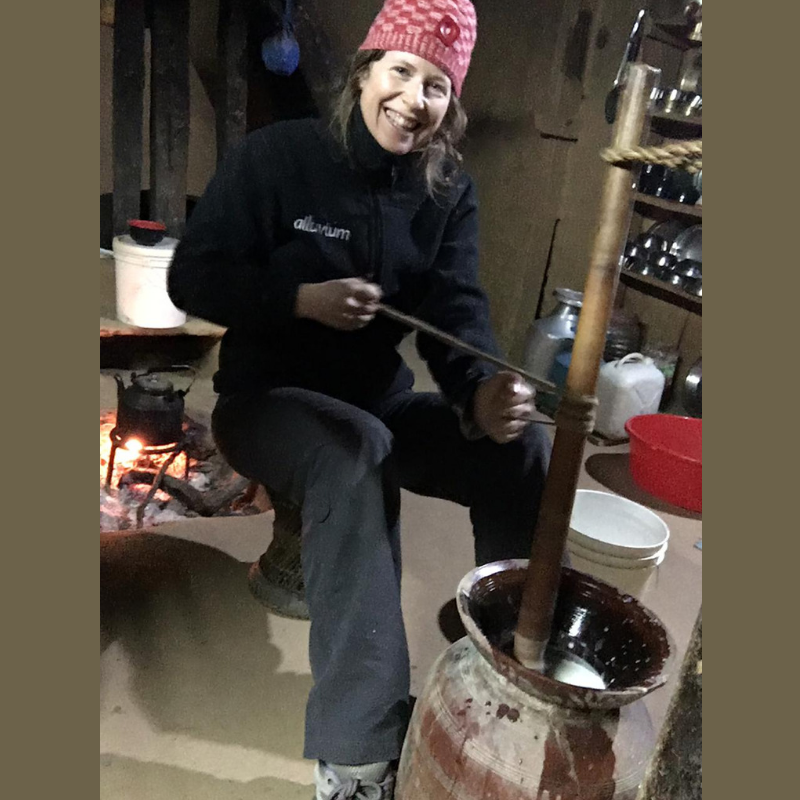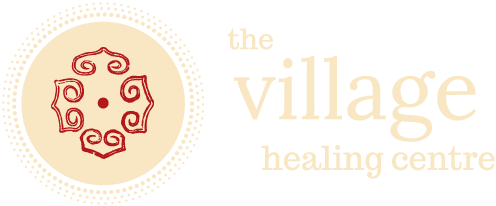Three things that engineering in India and Cambodia has taught me about being a health practitioner

We are so pleased to introduce our newest practitioner, Keryn Hawker. Keryn will be available on Tuesday mornings and Saturdays, from January until March. She will return in June 2019, having completed several months’ training in Mandarin language in Taiwan. This December, Keryn is in Nepal with Engineers Without Borders, leading a study tour. Here is a piece that Keryn has written – her reflections on how human-centred design practice has crossed over into her work as a Chinese Medicine Practitioner.

Keryn Hawker
I worked for more than a decade as a professional consulting engineer before beginning my training in Chinese medicine. People I meet are always surprised to hear this and exclaim “Wow, what a big change, that’s so different!”
Well yes, and no. The application can sometimes be vastly different but there is more in common than one might expect.
In December 2018 I am leading a Design Summit in Nepal on behalf of Engineers Without Borders (EWB) Australia. It is an immersive study tour where engineering students from Australia travel to Nepal to learn about human-centred design in a hands-on, cross-cultural and community-based experience. This will be the fourth summit I have led, with others being in Cambodia and India.
Human-centred design places the person at the centre of the design (a design opportunity here may be anything from improving crop yields to reducing household waste to exploring opportunities for solar energy). As such, it’s all about people.
In this post I share a few vital skills and approaches that I have learned through the Summits that have a beautiful cross-over into the practice of a health professional.
1. Empathy
Good design is supported by a deep understanding of the person and community for whom you are designing. This understanding comes through developing empathy – through conversation, observations, sharing experiences, and questioning.
In the cross-cultural experience of the Summits we also explore our own worldview and the community’s cultural lens, which are quite different and influence the appropriateness of design. Through empathising, insights arise which guide the design process.
Empathy has an important place in the health profession. Empathising with a patient can help us understand not only their physical signs and symptoms, but their emotions and lifestyle and many other subtle cues which play a role in diagnosis and developing an appropriate treatment. Not so different to an engineer designing in a community.
2. Strengths-based approach
A strengths-based approach to design is an approach whereby, rather than focussing on what’s not working or lacking in a community, the focus is on what is working, what people care about, and using what people are good at. This might include mapping out available and valued physical, social and structural assets at a personal and community level.
This standpoint facilitates a vision for actions to align with a desired future, and maps out current resources that will help people get there. It helps to facilitate an empowered, rather than a disempowered local standpoint and practice has shown that this is motivating, makes us feel good, and improves performance.
I have been reflecting on what this might look like in a patient-practitioner relationship. We usually go to see a health practitioner with “a problem” that needs to “be fixed”. This can easily become a needs-based relationship where we focus on everything that is wrong, which can be quite disempowering. But perhaps we can consider how to navigate our role as a practitioner in this relationship from a strengths-based approach?
There is a lot that we can do for ourselves to assist our health – with access to good food, exercise, and social networks. As a practitioner we can learn what our patients value and what their desired outcomes are – even beyond a health focus. Perhaps we can assist them to see the resources and assets they already have to move towards their desired future. As a health practitioner, we can be one part of that picture – one of their assets.
3. The mindset
Adopting the mindset of a human-centred designer means testing and failing, learning, creating, asking questions, being OK with spending good amounts of time not knowing the answer, looking for inspiration and being curious. All the while staying focussed on the people you’re designing for or with and having the confidence and belief that we’ll get there together.
Adopting (and admitting) such a mindset might sound frightening, and even inappropriate, to a health practitioner. After all, the health profession in general has framed for itself a reputation of having the answers.
We do have a lot of training and the answers may indeed be immediately obvious. But in complicated cases they may take time to be revealed, and the process may not be linear. Just like the human-centred designer, I am learning to stay present with my patient, be more transparent about the process, and with confidence move towards achieving their health outcomes. I think this takes learning and acceptance on both sides – both practitioner and patient.
Learning for life
So we can see that engineering and design with human-centred approaches has a lot to offer to deepen and inform our practice as health professionals, and the strengths-based approach is starting to see greater application in health practice.
Most of all, designer and acupuncturist alike, we walk a path of constant learning.
Get in touch!
You can learn more about EWB’s Design Summits here.
If you’d like to know more about Keryn’s approach, please contact us.


